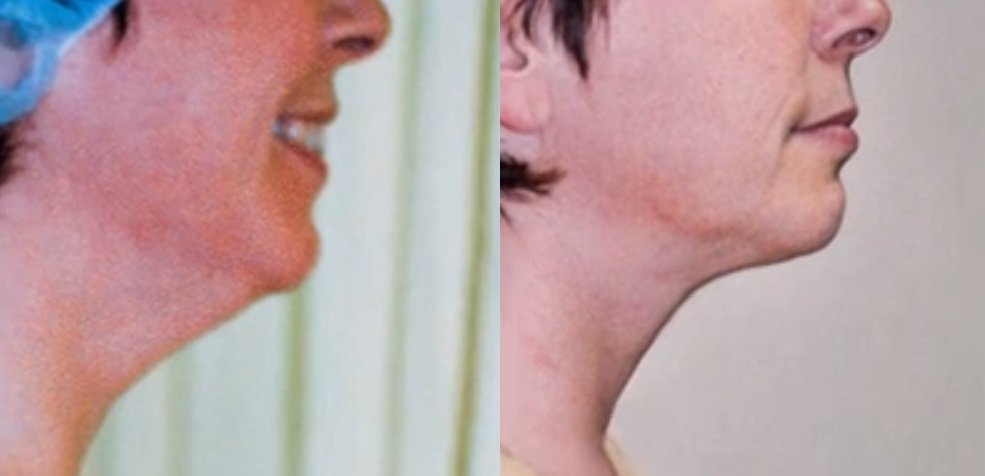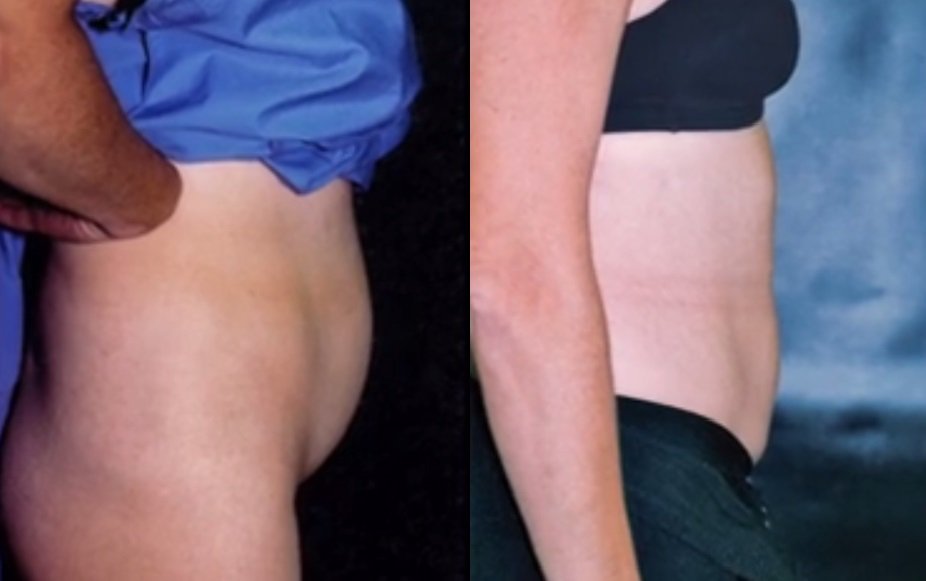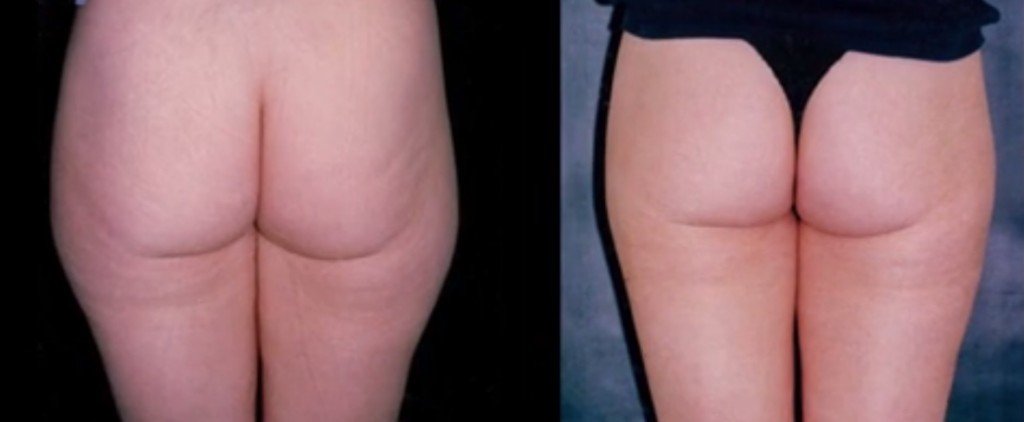liposuction & Lipoinjection
A liposuction (or liposculpture) is a cosmetic surgery aimed at removing fat from your body. Lipoinjection consists of injecting the fat removed by liposuction into targeted areas of the body (face, breasts, buttocks, thighs and more depending on your condition, in order to correct certain aesthetic defects.
If you wish to perform liposuction, it is important to ask yourself what your objectives are: improvement of the silhouette, firming of the body following significant weight loss… In all cases, liposuction is not a miracle cure, it is preferable to use it only when your lifestyle (eating healthy, avoiding stress, tobacco and alcohol) and physical exercises were not enough to eliminate fat.
A before-and-after photo gallery is available for procedures concerning the stomach, sides, and saddlebags.
Follow the link here: Liposuction before and after photo gallery
What are the advantages?
Liposuction (or liposculpture) consists of sculpting the body by removing fat from certain regions:
- the chin
- the neck
- arms
- the thorax
- the abdomen
- buttocks
- thighs
- the sides
- the back
- knees
- legs
- …
Liposuction is not a substitute for healthy eating and exercise, but it can remove fat that persists despite everything. The aspirated fat cells disappear forever, even if patients gain weight after liposuction. However, liposuction does not eliminate cellulite and cannot correct sagging skin.

Is it for me?
The best candidates for liposuction are people in good health, with healthy eating habits and regular exercise. Their skin is firm and elastic, and their fat accumulations are well localized and do not disappear despite good lifestyle habits. Age is not a primary factor, but rather the quality of the skin.
Liposuction can improve your physical appearance and your self-confidence. However, it does not change the relationships you have with others. Before opting for this intervention, clarify your expectations and discuss them with Dre Duclos. She will be happy to answer clearly and precisely all your questions and to inform you about the most appropriate treatments for your situation. telling you their advantages and disadvantages.
If you plan to lose weight significantly, it may be best to delay surgery .
What techniques are used?
The two techniques used are ultrasound and the most common is tumescence liposuction. It is a solution containing water and salt, a local anesthetic and epinephrine (to reduce bleeding) are injected, then the fat is sucked out using a fine cannula.

What should I expect?
-
-
- During the consultation, Dre Duclos will assess your state of health, examine the areas to be treated, the quality of your skin and make recommendations. It is possible that a lipectomy (excision of skin and fat) with or without liposuction is preferable to liposuction. In the case of liposuction, she will tell you the exact location of the incisions, will explain the risks inherent to the procedure, will inform you about its procedure, under local, regional (epidural) or general anesthesia, and will give you the preliminary instructions. and postoperative.
-
-
-
- Before the procedure, you will need to obtain a sheath for the day of the operation. The duration of the intervention depends on its extent. You will then be under observation until your condition allows you to leave the clinic. A prescription for pain medication, instructions and the date of the next appointment will be given to you before your departure. Plan to ask someone to drive you home.
-
-
- After the procedure, the pain is generally very tolerable (it is more of a discomfort) and lasts about 48 hours. If necessary, medication will help ease the pain. Additionally, fluid will likely come out of the skin incisions within the first two days.
The sheath will help control swelling and allow the skin to adapt to the new figure. You will have to wear it constantly for two weeks, then ten hours a day for another two weeks. You can, however, remove the sheath when you take a shower (this will be possible approximately 48 hours after the procedure) . You will have to wait for authorization from Dre Duclos before to take a bath.
You will need to avoid staying in bed for long hours and will be encouraged to walk to reduce swelling and the risk of clots in the legs.
- After the procedure, the pain is generally very tolerable (it is more of a discomfort) and lasts about 48 hours. If necessary, medication will help ease the pain. Additionally, fluid will likely come out of the skin incisions within the first two days.
Depending on the extent of the liposuction, you will be able to return to work quickly. You should avoid any strenuous physical activity for the first four weeks and avoid exposing the scars to sunlight or tanning salon rays for about six months.
The swelling can persist for six months and sometimes longer.

What are the risks?
Liposuction is a generally very safe procedure, although complications can occur. People most at risk are those with health problems such as:
-
-
- obesity
- diabetes
- heart and lung problems
- poor blood circulation
-
The risks are also higher if:
-
-
- several regions need to be treated
- the amount of fat to be removed is important
-
An abnormal reaction to medications may occur. As with any procedure, infection may occur. Occasionally, fluid builds up in an area, requiring drainage. Friction burns or damage to the skin or nerves, numbness or changes in skin pigmentation or strong>poor healingmay occur.
It is sometimes difficult to predict how the skin will react after liposuction. The skin surface may be irregular, asymmetrical or loose and touch-ups may be necessary. Excess skin may appear and require excision at a later stage.
Very rarely, blood clots or clumps of fat cells migrate to the lungs which can cause death. Dehydration and a drop in blood pressure can lead to death.
Finally, rare cases of perforation of vital organs have been described in the medical literature.

